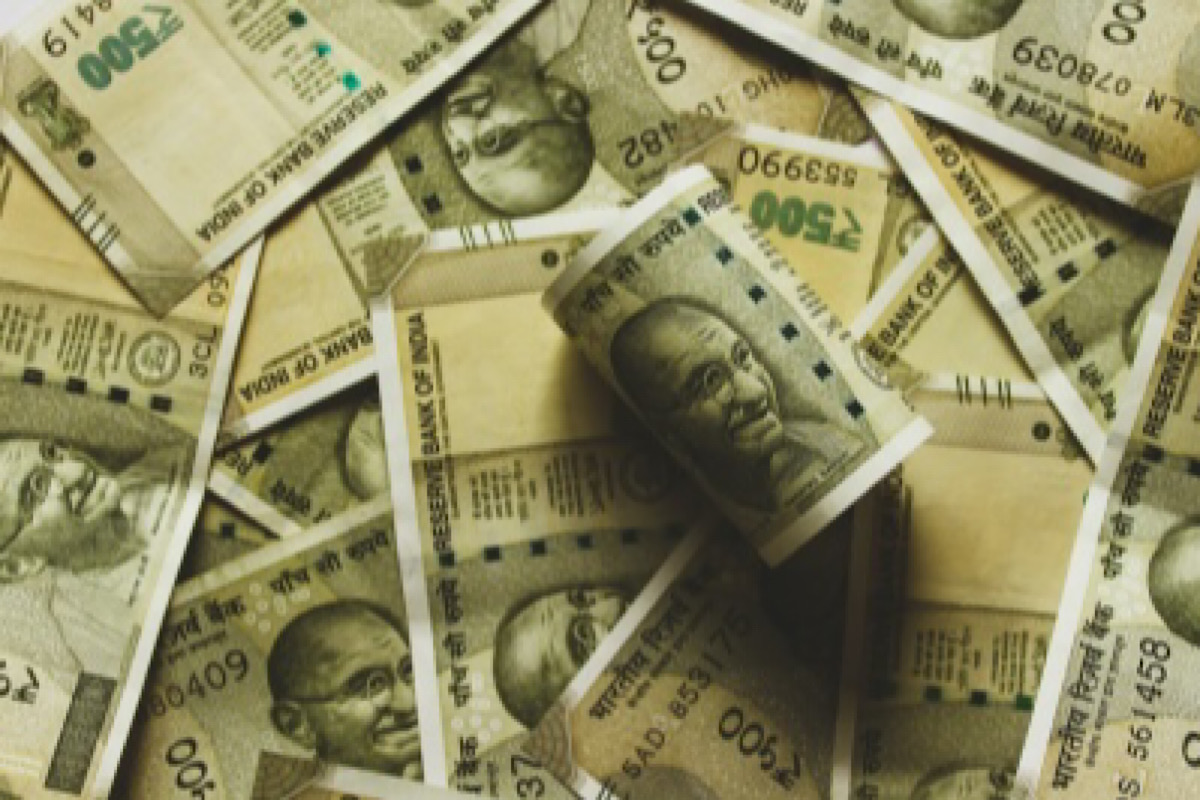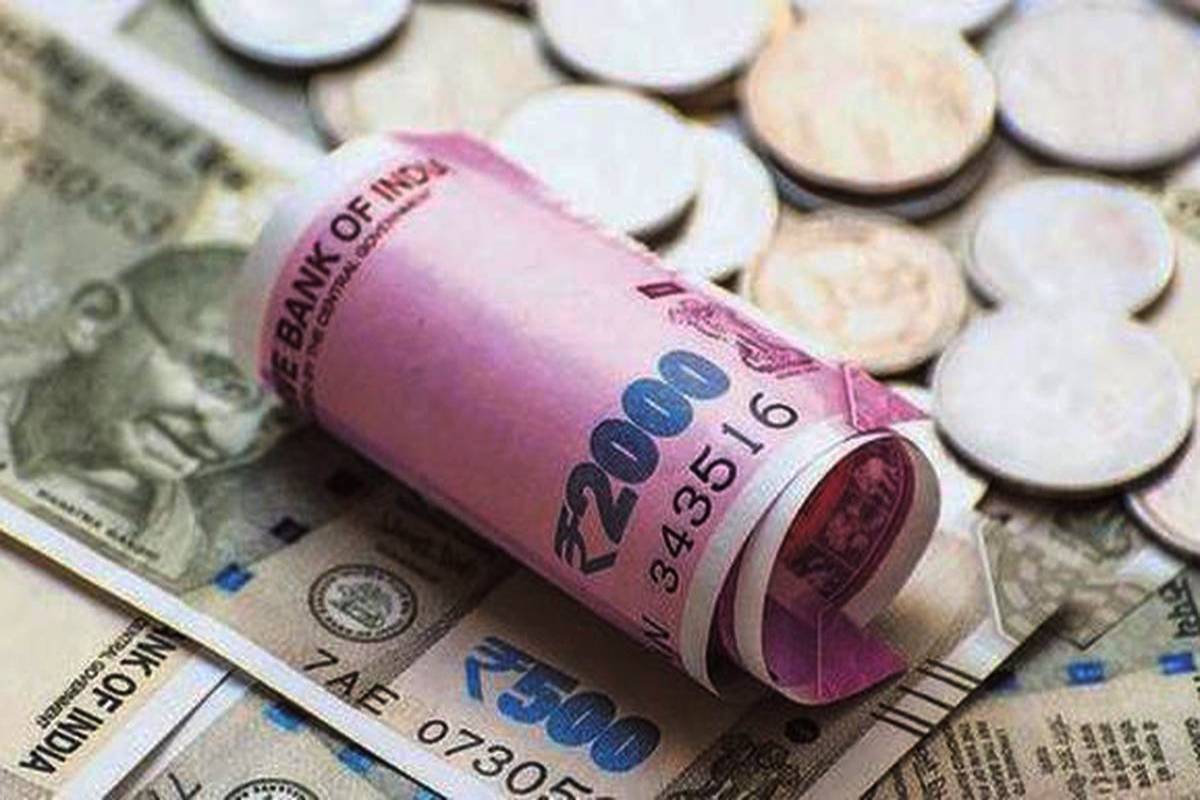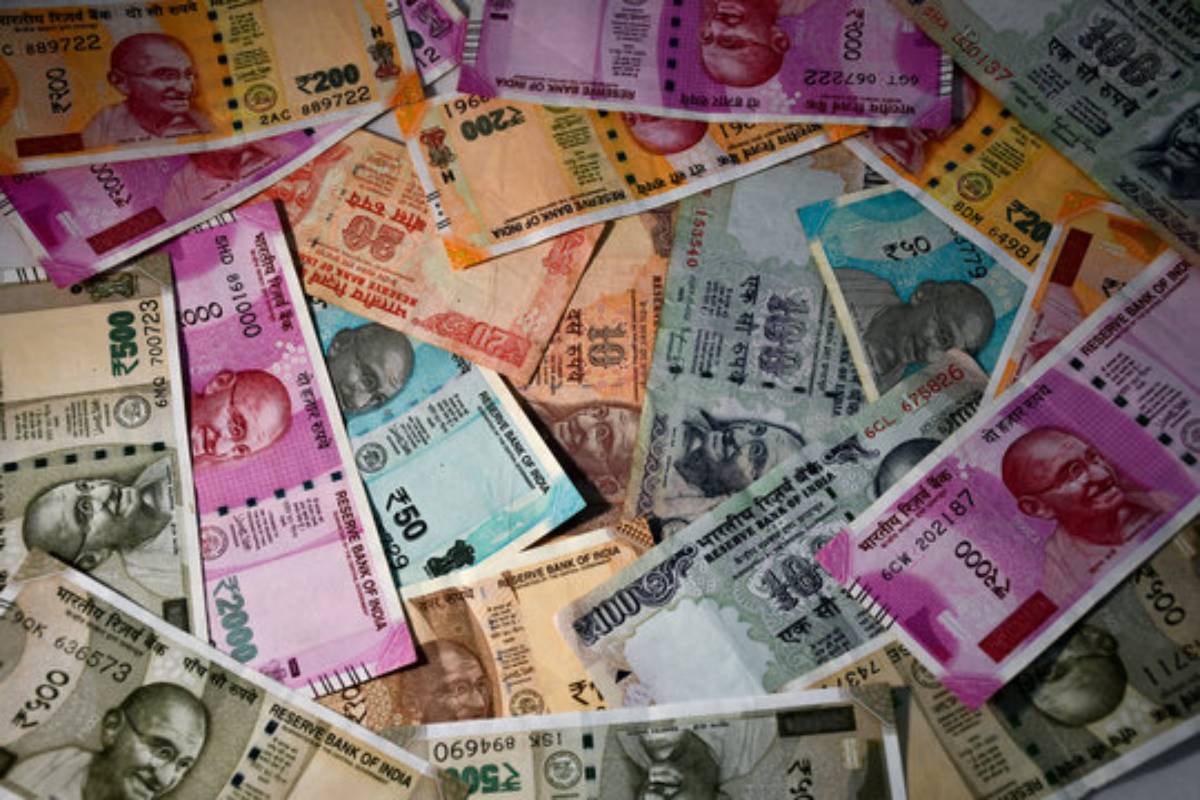Rupee’s struggle
The Indian rupee’s recent struggles underscore the intricate dynamics of global and domestic factors influencing its value.

The Indian rupee’s recent struggles underscore the intricate dynamics of global and domestic factors influencing its value.

The Reserve Bank of India (RBI) in its report highlighted that the Real Effective Exchange Rate (REER) of the Indian Rupee increased to 108.14 in November 2024 from 107.20 in October 2024.

The Indian rupee has breached the significant psychological barrier of 85 against the US dollar, marking an all-time low amid a confluence of domestic and global pressures.

The Indian rupee’s stability, despite external pressures from weak Asian currencies and rising US bond yields, highlights a nuanced approach by the Reserve Bank of India (RBI) in managing the currency.

The Indian rupee’s recent behaviour, hovering just shy of 84 a dollar, has been a focal point of discussion in financial circles. On Tuesday, the currency closed at 83.97, marginally above its previous alltime low of 83.9725, thanks to the Reserve Bank of India's (RBI) timely intervention.
It is not just Western sanctions on Russia that accelerated the trend to circumvent the dollar, but the strength of the currency in the past year has also posed a challenge.
The government has allowed international trade settlements in Indian rupees for export promotion schemes under the foreign trade policy.
Citing the uncertainty in the global macro environment, the Indian rupee is likely to be under pressure, especially if crude prices remain elevated and global growth slows down.
The dollar index, which gauges the greenback's strength against a basket of six currencies, was trading 0.06 per cent, up at 92.18.
From a technical perspective, the rupee is holding below its resistance level of Rs 72.50 to a dollar as well as trend resistance.
